
8 minute read
Stories Behind the Memorial Beyond Stone: z z
Memorial Day, originally known as Decoration Day, began after the end of the Civil War. From that very first commemoration, citizens have gone to cemeteries to decorated graves of those who were killed in the war and those who had died since, held patriotic pageants and concerts, and remembered the lives of those who had died. Often, when thinking of Memorial Day, we think of long rows of white marble headstones laid out with military precision, across fields of green grass. We don’t normally reflect upon how those bodies actually reached their final resting place, and the decisions families had to make.
In the Civil War, the federal government created the first national cemeteries, but lacked the resources to identify and bury the fallen efficiently. If they wanted their loved ones returned, families had to pay for embalming and transportation of remains, and many undertakers and embalmers took advantage of soldier’s desire to be returned home. They sold insurance to ensure the soldier's remains would be returned to their families. Other families had to gather funds on short notice, or leave their fallen loved one in a far-away place.
Advertisement
Although the Graves Registration Service was in place before the United States entered into World War I, during World War I and II, immediately shipping home the fallen was not possible. The deceased were buried in temporary graves. After the end of the war, the Graves Registration Services, who documented temporary and unofficial cemeteries, offered families the choice of having the body of their loved one returned, or reinterred in American cemeteries around the world. This, of course, only happens when the body of a loved one can be located. For servicemembers whose bodies cannot be identified, are not located, or cannot be recovered, families are left to mourn at cenotaphs and memorials.
By: Brittany Strobel Processing Archivist
Charles Stone, a Massachusetts resident, served with Company I, 13th Massachusetts Infantry Regiment during the Civil War. While Stone’s family moved to Wisconsin early in the Civil War, he elected to remain in Massachusetts and enlist. During the course of his service, Stone wrote to his family, mostly his mother, in Wisconsin. He updated her on the progress of the war, his hopes for the future, and the possibility of moving to Wisconsin at the end of the war.
At the Battle of Gettysburg, Stone was wounded in the knee and moved to a hospital for treatment. Stone was optimistic about his recovery. The surgery went well and he was feeling cheerful. In the subsequent weeks, his heath began to decline as infection set into the wound, and he was transferred to a different hospital. On October 8, 1863, Stone succumbed to the injury and died at the hospital.
Knowing that it was his mother’s wish that he be returned to her for burial, nursing staff at the hospital had Stone’s body embalmed, awaiting instructions for the transfer of his remains for burial.
Nurse Lizzie Burton wrote to his mother:
“He spoke several times of his approaching death, was fully aware of his situation not seeming to desire, nor fearing the change, though he said it seemed hard for him to die, so young just on the verge of manhood. It does indeed look hard to us, that so many of the brave and noble of our land should be cut off just as they were entering into usefulness, we cannot help ourselves now, we can only sorrow at their loss [. . .]”
While Stone’s mother wished for her son’s return, the cost of transporting him home was $60 dollars, and too costly for the family. Charles Stone was one of the first men laid to rest in the Gettysburg National Cemetery.
His surgeon wrote to Mrs. Stone: “You are doubtless aware that a ‘national cemetery’ for the burial of all the union dead who fell here in July + have since died of their wounds is about to be consecrated here. It is situated in a lovely spot and is being handsomely laid out, each state having a portion of ground allotted to it and it will be one of the most beautiful cemeteries in the land.
If it were my own care I would as soon have a friend who fell here buried in that lovely place as in my own home, + it is very gratifying to us who have seen these men in their suffering to know that they will have so beautiful a resting place.
I am sorry we could do no more for your poor boy. But all our wounds of the knee joint proved fatal as far as I am able to learn. He came from the Seminary Hospital in a very reduced state + seemed marked for the grave from the first.” the flag in the morning, lowering it in the evening, accompanied by one of his children or grandchildren. The family specially marked Veterans Day, Memorial Day, and Olien’s birth and death dates.
Robert Alexander Bonin, a resident of Milwaukee, Wisconsin attended the Naval Academy in Annapolis. He graduated in 1936. Bonin met Regis Barbara Tracy, and the two married in Milwaukee in 1938. Following his graduation, Bonin served on the USS Mississippi, after which he attended Naval Submarine School in the spring of 1939. Robert and Regis welcomed their first child, Jean Marie Bonin, on June 5, 1940.
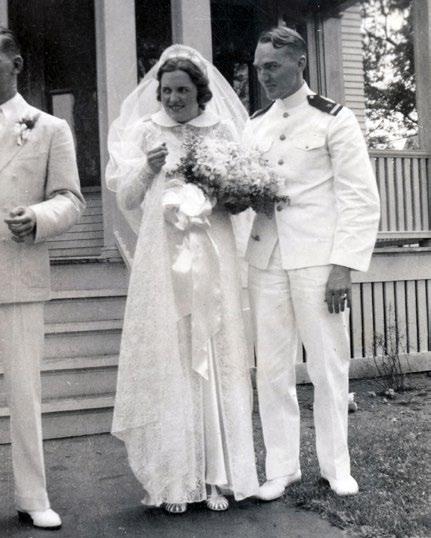
Continued on page 10
John A. Olien, a New Richmond, Wisconsin resident served with Company B, 6th Engineers, 3rd Division in World War I. On October, 20, 1918, Olien was severely wounded and taken prisoner with other wounded men, as they were unable to move any injured off the field. Olien and another captured man died while being taken to German first aid, and were buried in the Clair Chene Woods, where they had been fighting. When the war ended on November 11, 1918, Olien’s family did not yet know that he had been killed, and wouldn’t find out until December.
In 1921, Olien’s family chose to have him disinterred and returned to Wisconsin. Olien is buried at the highest point in Oakland Cemetery in Huntington, Wisconsin. His brother, in an act of devotion, placed a large flagpole near Olien’s grave, and would raise
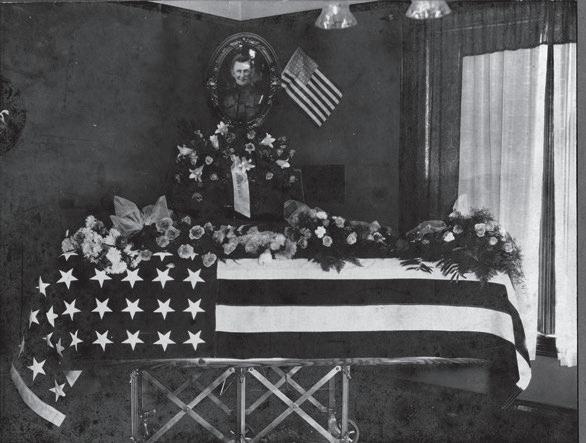
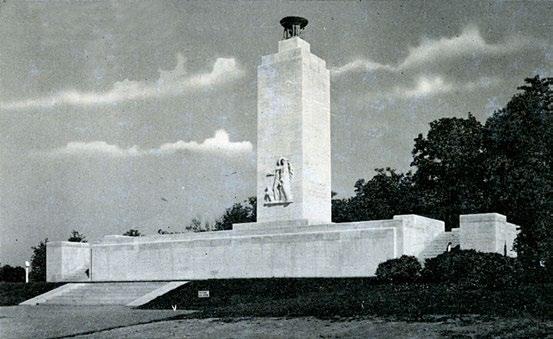

Bonin then served aboard an experimental submarine, S-20, and the USS Grayling from 1940 – 43. Bonin assumed command of the submarine USS Gudgeon in March 1944. On March 14, 1944, Bonin penned what would be his last letter to his family informing them of his new command He closed with “All my love to you, Jean Marie and the little one. Goodnight, hon. I love you. Bob.”
On June 7, 1944, Mrs. Bonin received a telegram informing her that her husband went missing “in the course of his duty and in the service of his country.” On June 14th, a letter of confirmation of the fact was sent, along with a pamphlet, titled “Reported Missing,” that explained the process of being reported missing, the future steps, and status of allotments and payroll for the family. Robert Alexander Bonin Jr., was born four months after the death of his father, in August 1944.
A year later, on June 19, 1945, Mrs. Bonin received a letter which updated her on the status of her husband. The letter explained that while Public Law 490 enabled the U.S. Navy to declare Robert A. Bonin dead, in the absence of his body, the navy had insufficient proof to do so, as it is possible he and his crew were unreported prisoners of war, especially with the lack of information about the circumstances under which the Gudgeon was lost, and that he would continue in the missing status.
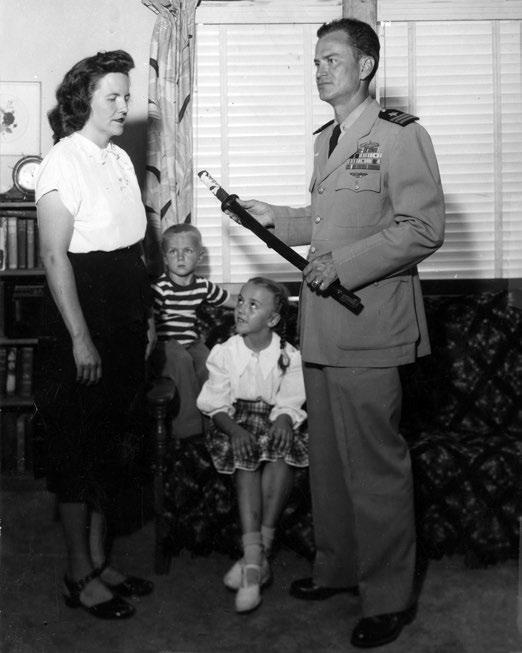
On January 24, 1946, Mrs. Bonin received a letter from the Secretary of the Navy explaining that while no evidence of the destruction of the Gudgeon had been discovered, the lack of information about Bonin or any of the other crew possibly being held as prisoners of war or being located elsewhere had led the U.S Navy to declare all crewmembers of the Gudgeon deceased as of January 15, 1946. Lieutenant Commander Robert Alexander Bonin was the only submarine commander from the state of Wisconsin killed in World War II.
In 1978, Regis had a chance encounter with submariner veterans, and was invited to become involved with the U.S. Submarine Veterans of World War II and its Auxiliary organization. Submariner veterans shared images and memories of Bonin, and photographs of themselves with memorials across the country. Bonin’s brother, Dan, visited memorials to the Gudgeon at the Cemetery of the Pacific in Hawaii. Bonin’s family, including his children, researched his service, the submarines he served on, and submarine warfare.
Through their research, they uncovered reports that a Japanese plane reported bombing a submarine in the area the Gudgeon would have been on April 18, which is now presumed to be the date the submarine was destroyed, all hands lost.
These three stories from our archives illustrate the nuances of what a “final resting place” means, and the realities for the families left behind. As we approach Memorial Day, we encourage you to consider the meaning behind the stories of the people memorialized in those graves, cenotaphs, and memorials.
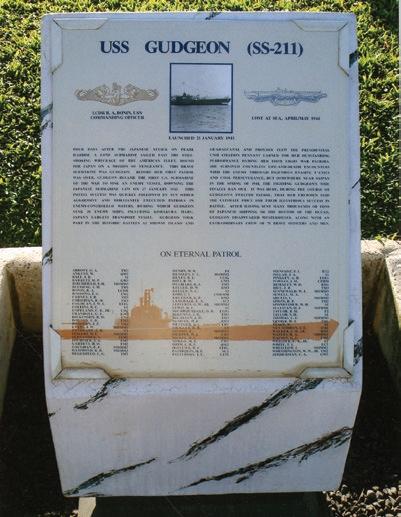
Memorial Day is about remembering those service members that have died while serving their country. As this year marks the 30th anniversary of the Persian Gulf War, those lost during Operations Desert Shield and Desert Storm will be especially on the minds of all of us. In Wisconsin, of the over 10,000 estimated service members that served in the war at least 11 did not return home.
Sgt. Brian P. Scott, of Park Falls, Wisconsin served in the 27th Engineer Battalion and was assigned to support the French on the far left of the coalition line of advance. As a combat engineer, Scott and his unit were tasked with clearing the airfield at As Salman, Iraq, as soon as the French had secured their objective.
On February 26, 1991, while clearing the airfield of cluster munitions, a large explosion killed Scott and several others in his unit. According to a local newspaper article after his death, Scott was married the day before he left for his deployment to Saudi Arabia. His first child was born two days before he was killed. The Red Cross was unable to make contact and notify him of the good news.
26 March 1968—26 February 1991
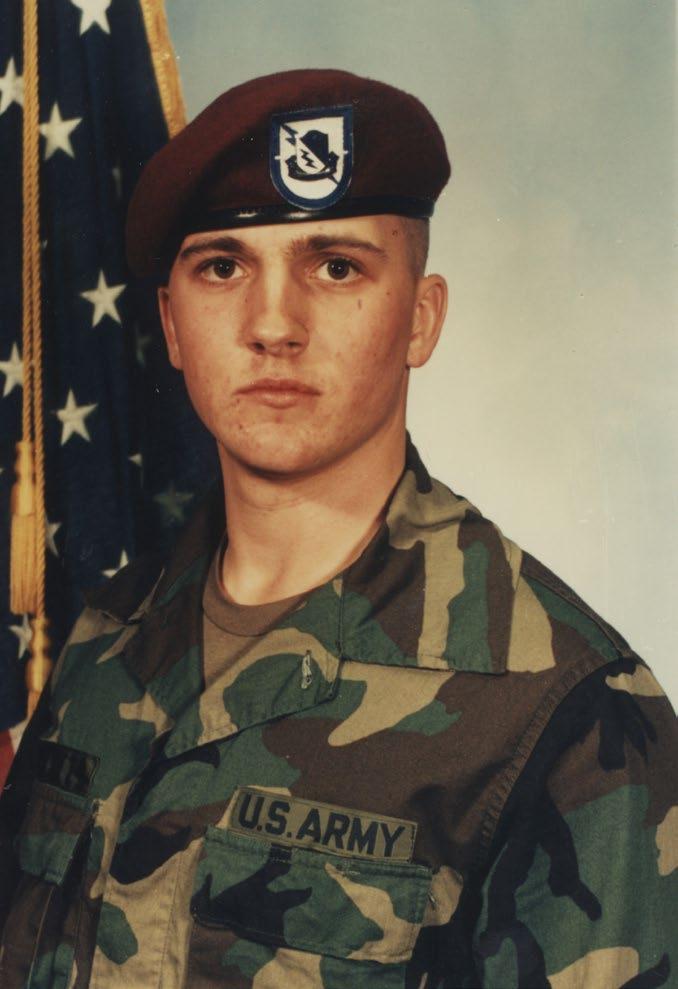
By: Russell Horton Reference Archivist
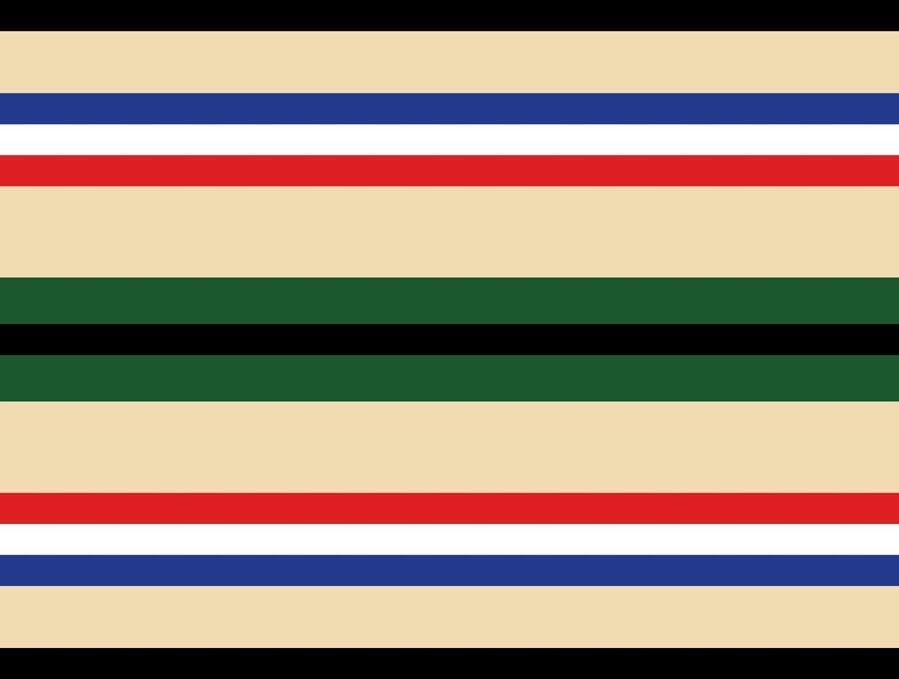

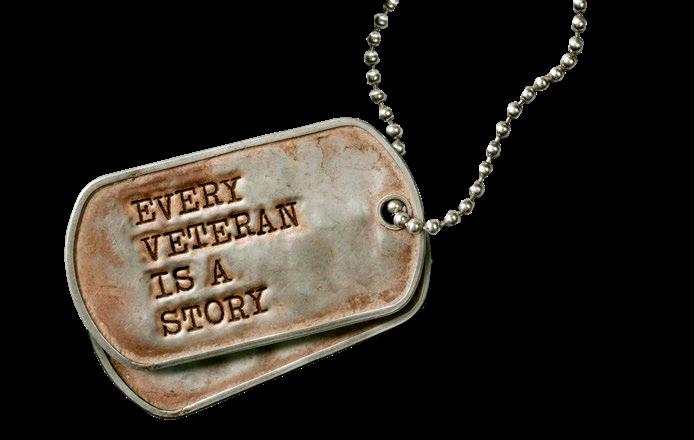
Jacqueline “Jackie” Mulhern
A resident of Peshtigo, Wisconsin and later Madison, Mulhern worked as a nurse in her civilian life when she joined the Wisconsin National Guard in 1981. In her 13 years of service with the guard, she acted as a medical/surgical nurse, a field nurse, and a mental health nurse. Part of the 13th Evacuation Hospital, she deployed to the Middle East in 1991 and served in Operation Desert Storm. Working in the 400 bed hospital, she assisted the unit in treating more than 400 inpatients and almost 4,000 outpatients in the three months they were there. After retiring from the guard and her civilian nursing career, Jackie also volunteered in the Wisconsin Veterans Museum Research Center.
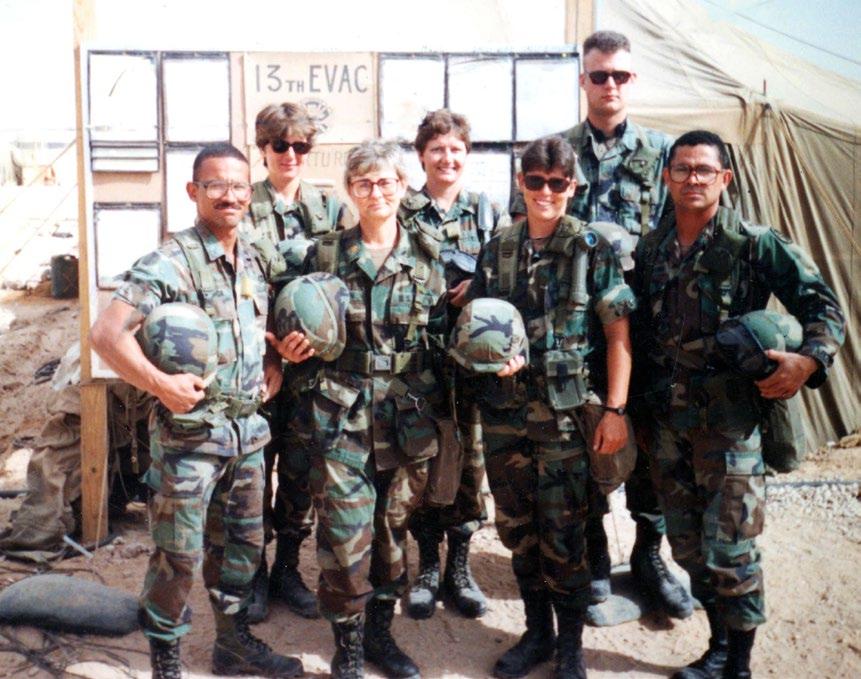
Paul Chase
A Magnolia, Wisconsin native, Chase was teaching agricultural classes at a public school when he joined the U.S. Army in 1917. He attended the School of Military Aeronautics at Berkeley, California and received flight training at fields in four different states before deploying to Europe in July 1918. A pilot in the 8th Aero Squadron, Chase and his observer/gunner partner took aerial photographs of German lines and helped direct Allied artillery for the final four months of World War I. They also received credit for shooting down a German plane.
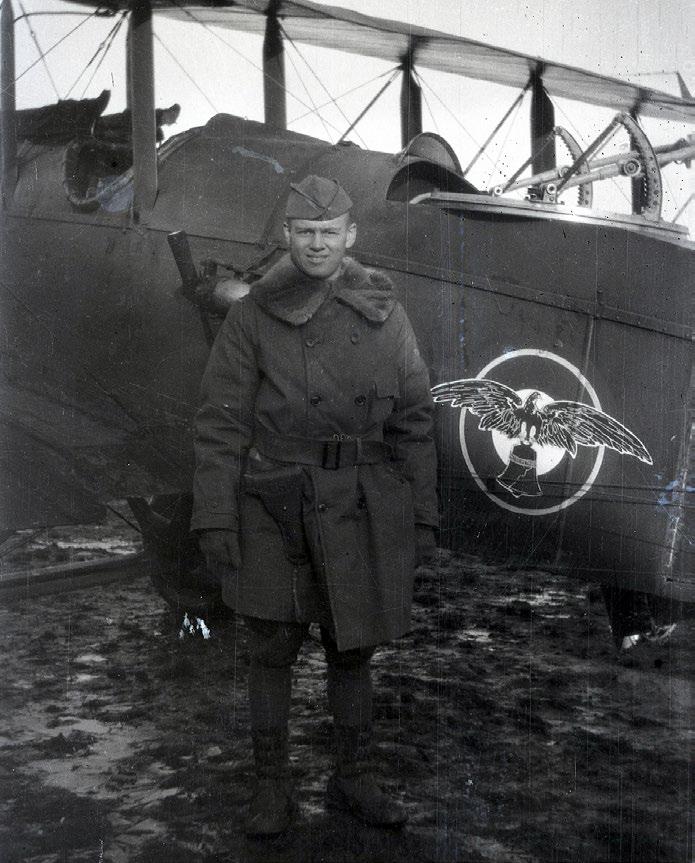
The Wisconsin Veteran Museum proudly preserves his story through his objects, papers, and photographs.
EVERY VETERAN IS A STORY










